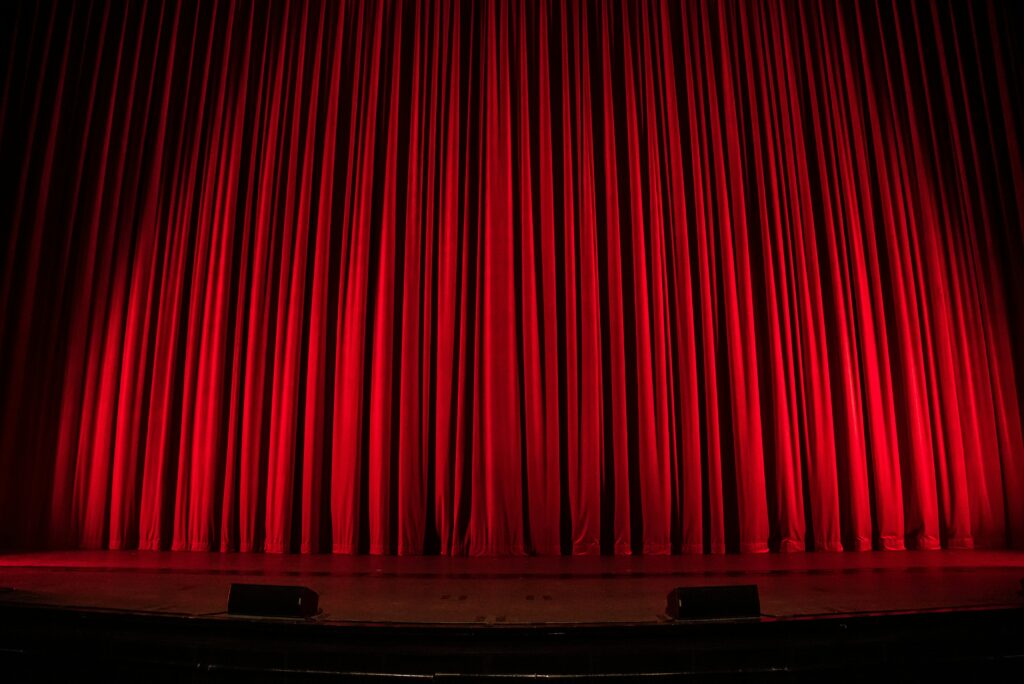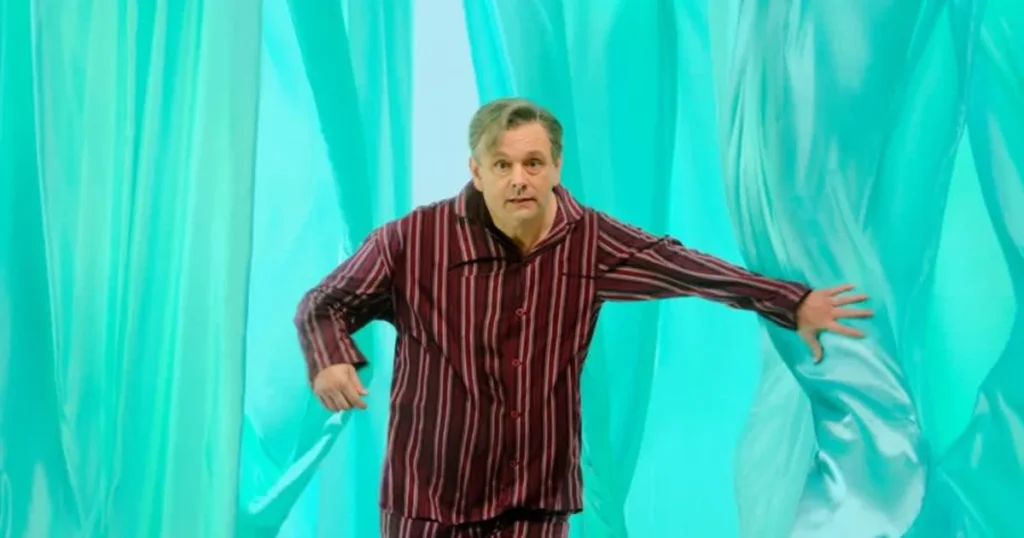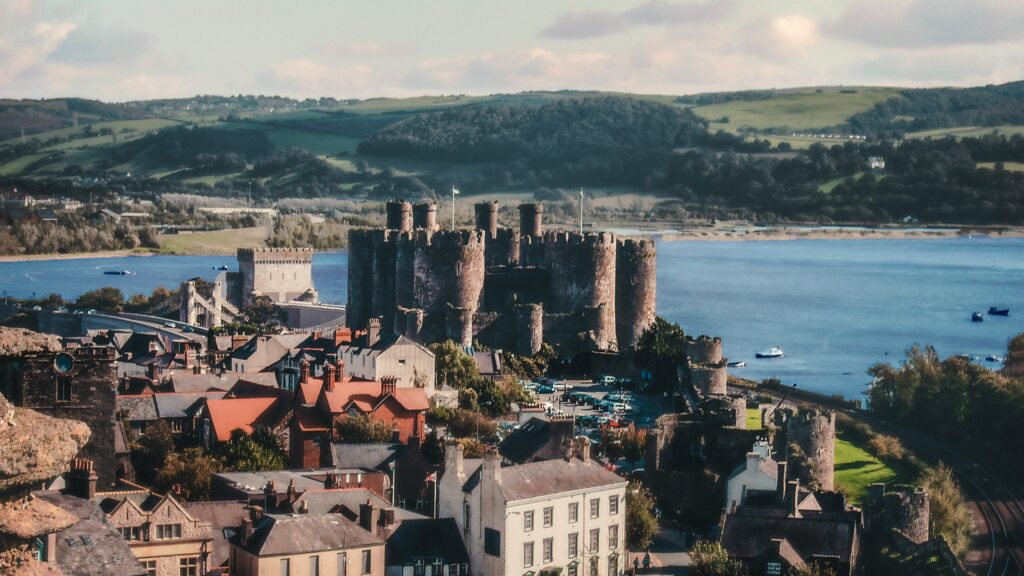Dylan Moore finds an affecting compassion in two sets of stark portrayals of life at the margins.
It can be a criticism levelled at photojournalists that they are only there for the story, that in extreme circumstances – war, famine, civil unrest – the drama of life can be extreme, and that that is all they are interested in. But here at The Eye, Aberystwyth’s biannual festival of photography, two very different photographers have made a virtue of returning to follow up their subjects, to see how their stories developed, and to document, for better or worse, how their lives moved on.
The festival’s centrepiece is the opening of Nick Danziger’s Revisited 2005-2010-2015, which makes a globe-spanning project out of the principle of return. Danziger’s stark black and white prints portray the crushed hopes of people struggling at the margins of societies which are themselves edged out of the world’s consciousness.
Danziger’s original commission, from the charity World Vision, was to document the lives of women and children across the world to draw attention to the futility of the now almost forgotten Millennium Development Goals, which had still – in 2005 – some political currency. ‘Make Poverty History’ was the slogan, and although Danziger has conceded that in some measures progress has been made,
a swift rundown of the countries visited gives the clear sense that for many of the world’s poor, little has changed economically, while for many the security challenges have made the bleak choices faced even more bald – and less appealing.
Danziger’s subjects are the wretched of the earth. Disabled children in Tegucigalpa, Honduras, the murder capital of the world. Children living on the Bolivian altiplano who drop out of school, unable to learn Spanish because poor nutrition has stunted their brain development. Young sex workers from Togo and Benin scratching a living from servicing truck drivers in Niger. Kids on the streets of Phnom Penh making a living by allowing passers-by to stand on weighing scales. Victims of HIV in India and the Lord’s Resistance Army in Uganda. All over the world, it seems, rape, murder, disease and exploitation are the accepted price of being born poor.
This is documentary photography of rare power; the simple descriptions alongside each image allow us to meet people. Danziger’s practice of returning, every five years, often to remote villages, allows him to tell a story: this really is photography as the ongoing moment, in Geoff Dyer’s memorable phrase – only this time those moments are stretched over a decade and more. We learn of births, deaths, minor hopes and major tragedies. ‘I don’t have dreams any more,’ says Mohan in India, ‘My only hope is that my children will be happy.’
Zed Nelson is also a documentary photographer from the school of revisits. His Gun Nation, a successful book about America’s love affair with the gun, becomes all the more powerful for its own revisiting of subjects at a ten-year remove. He shows us a clip of the man he made famous ten years earlier for posing with his baby in one hand and a gun in the other. ‘What do you see when you look at that photograph?’ asks Nelson. ‘Freedom, liberty, security…’ says his subject. ‘And what do you think other people see?’ The man looks right into the camera. ‘A right wing lunatic,’ he says, deadpan – daring us to trace some irony.
Like Danziger’s project, part of the frisson of Nelson’s later photographs comes from what has happened – or failed to happen – in between. Half a million gun deaths, including 15,000 suicides of middle-aged white men, and eight years of an Obama White House has failed put a dent in the second amendment. Gun Nation’s final chapter deals with Columbine, the high school shooting which at the time felt like it was going to be a turning point in a nation’s attitude toward guns, but turned out to be simply one more tragedy in a litany of horrors.
After Gun Nation, Zed Nelson turned his attention to ‘nose jobs in Iran’. Where Danziger is drawn to the poorest of the poor, Nelson’s focus is Louis Theroux-like: as well as the margins, these are the extremes of humanity. Love Me, despite its cover featuring a pretty ordinary pretty girl, concerns the brutal truth of the beauty industry: tummy tucks; facelifts; Nelson even photographs the ‘trimmings’ from cosmetic vaginal surgery. The photographer is excoriating on the way in which the Western beauty ideal has infected cultures around the world, and how – as his photographs reveal ‘beauty is sold to us as a new religion – we kneel at the temple of aesthetic surface betterment’.
Nelson’s other projects have focused on contrasts, to highlight which photography has always been an apposite art form. There is even a contrast between two of these projects themselves: ‘In This Land’ is a study of the – literal – site of Armageddon in Israel/Palestine, whereas ‘A Portrait of Hackney’ explores the contrasts of fashion and lifestyle in one of London’s most famously ‘hipster’ boroughs. Here, inequality reveals itself in dress codes rather than postcodes.
What both photographers prove with their work is the ongoing power of simple one-off, two dimensional images to challenge, provoke, document and explore. It is an artform that deserves wider celebration, and to have practitioners of this sky-high standard sharing insights in Aberystwyth is in itself worthy of revelry.





